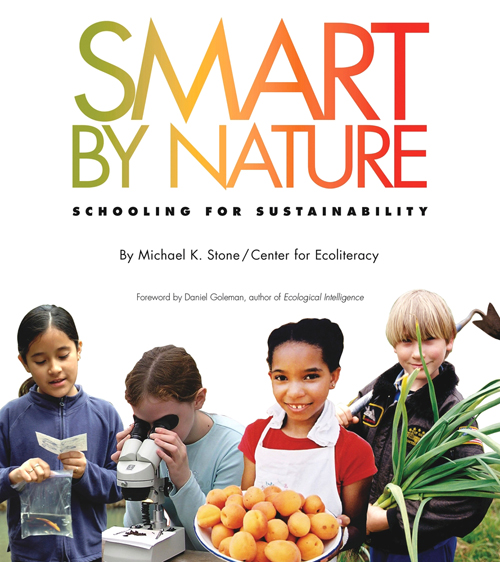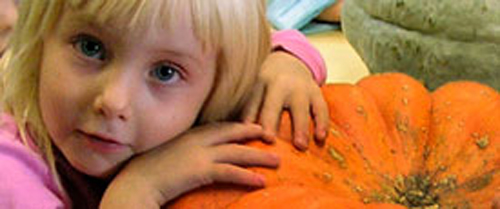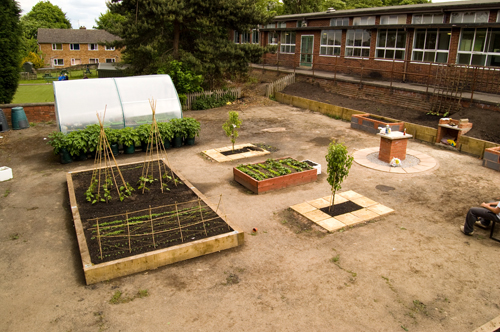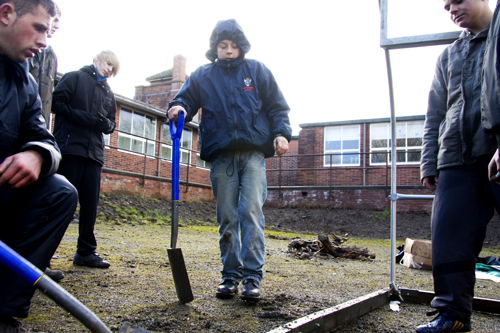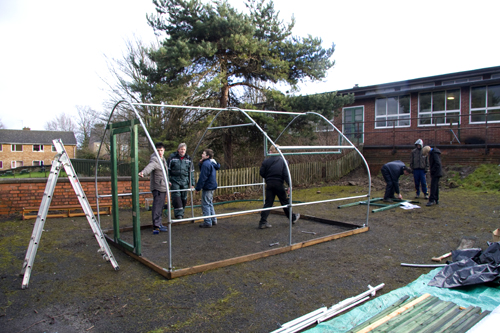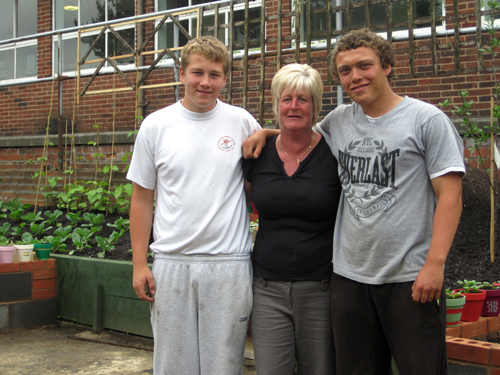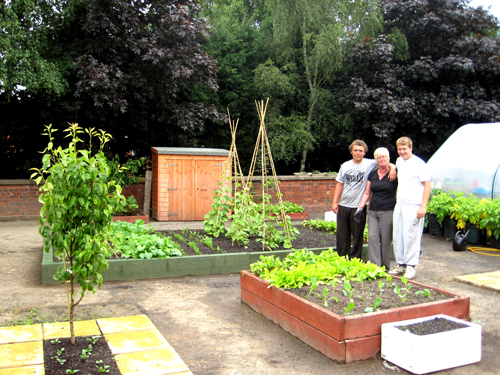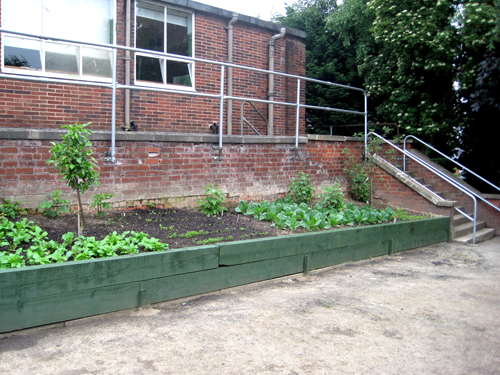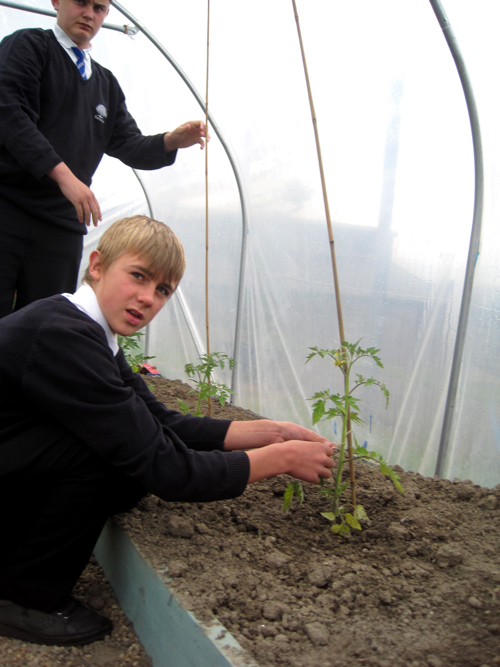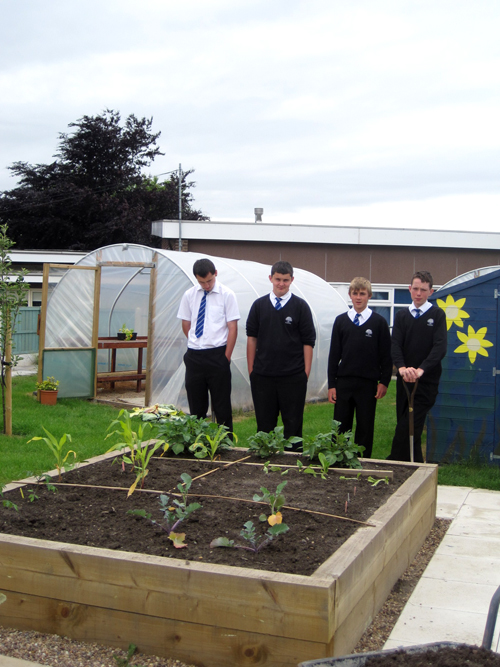
Dearest Readers,
Today was a special and very important day in my life here in Northern California. Over twenty years ago I removed myself from the intricacies of life in Marin County, where I largely raised my daughter Antonia, and, essentially, “Mom moved to the country and got a dog”. Dream number one realized. And it was there in the woods next to a raging dynamic sea, which crashed through my dreams and comforted me that I started a small garden of flowers. I had not worked in a garden in years. I would begin my days out in the fog and mist and dig in the quiet still morning and as I worked and slowly experimented and planned I found myself soon coming to the realization that what I was learning in my garden made sense in my life.

Kathryn and Moxie beside first tiny garden plot in front of guest cottage/garage in Little River
And I began to take notes. And to ponder. And to observe. And I allowed myself immeasurable time to contemplate, as I expanded my various garden plots, what the essence of each lesson was and how it fit into the larger scheme of my life, and then I challenged myself, with whim and dedication holding hands, to distill that bit of wisdom into the simplest of terms. I was aware that my many years of working with the I Ching was influencing my thinking, for, having “thrown the I Ching” hundreds and hundreds of times what I noticed was that I would find myself in some situation where knowledge and wisdom were required, and I was so often surprised that some line from the I Ching would emerge–the perfect words at the perfect moment, offering me the gift I needed to move ahead. And I was fascinated by the power of this, and decided to make that part of my intention–to provide a bit of wisdom in the simplest terms that might lend a helping hand to a reader sometime in the future. And so it was. As the Dutch say, “In the seed is the tree.”
Throughout the years of development of this book many paths were explored. Ultimately I chose what felt right to me–the least expected path, in fact. And that was create a small publishing company and to assemble an excellent team of professionals and to rely on that team of excellence to shepherd the book through to, well, today. For that very large Fed Ex truck pulled up our street in the heat of this afternoon. Neighbors actually came out of their doors to see what had arrived! And here’s what they left on the front lawn. Ta da!
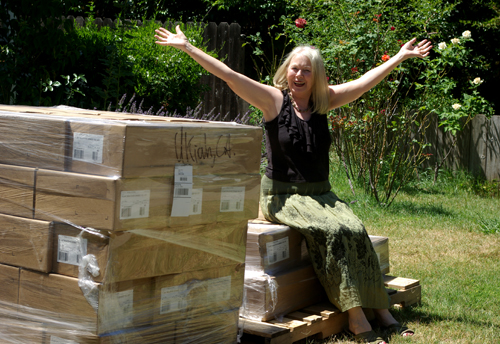
What to do? Fortunately I had had a small chat with the Folks Upstairs this morning about this very thing. For how can one plan for help arriving when the the shipping folks give you a five hour window for delivery? Indeed. One must take the Miracle Train. So, sure enough, even though Dave next door already was out the door with gloves and a hat, his wife in tow worrying about “the heat” (and duly so), three young boys came down the street in perfect timing, and I called out to them, “Would you boys like to make some money?” About face and they came back immediately, bless their hearts. Only minutes later that teenage summer energy had been applied to a neat stacking of the cartons indoors, ready for business!
First order of business was to keep a promise to my friend and master beader and basketweaver, Susan Billy to “sell her the first copy of the book”. This allowed me to get a pic of my happy self in her lovely bead shop with a copy of the first edition of Plant Whatever Brings You Joy: Blessed Wisdom from the Garden.
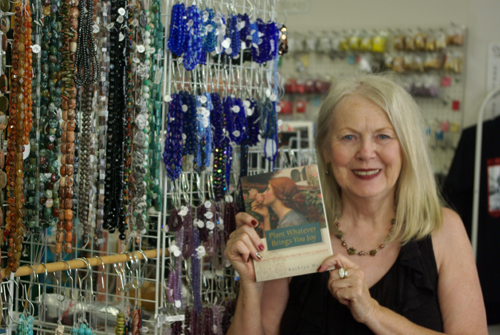
We have been working very hard to get this book to market. “We” includes a bevy of incredible, talented people I have been so fortunate to work with. Now my attention turns to media, to the market and to you. If you are interested in purchasing a copy of this book, I invite you to visit Estrella Catarina’s site . You will find there are a couple of options available.
My commitment is to continue to be of loving service, here on this blog, as a publicist for my clients, and also now in this capacity. Please watch for events I am in the process of creating. Details can be found on the Estrella Catarina site.
Many thanks for visiting this blog and for your encouraging feedback and support. And enjoy the book!!
Love and gardening blessings,
Kathryn xoxo
Footnote! Kindle edition now up on Amazon! Reviews are coming in and I am deeply touched! UK readers can find UK Kindle edition here. Please be aware that you need not own a Kindle to read a Kindle product. No. Kindle products can be purchased and then read on the following devices, all downloadable for free: Kindle for PC, Kindle for Mac, Kindle for iPhone, Kindle for Blackberry, Kindle for iPad. All links are provided at the Kindle page for this book.
Posted on July 21st, 2010 by Kathryn
Filed under: People at Life | 32 Comments »

